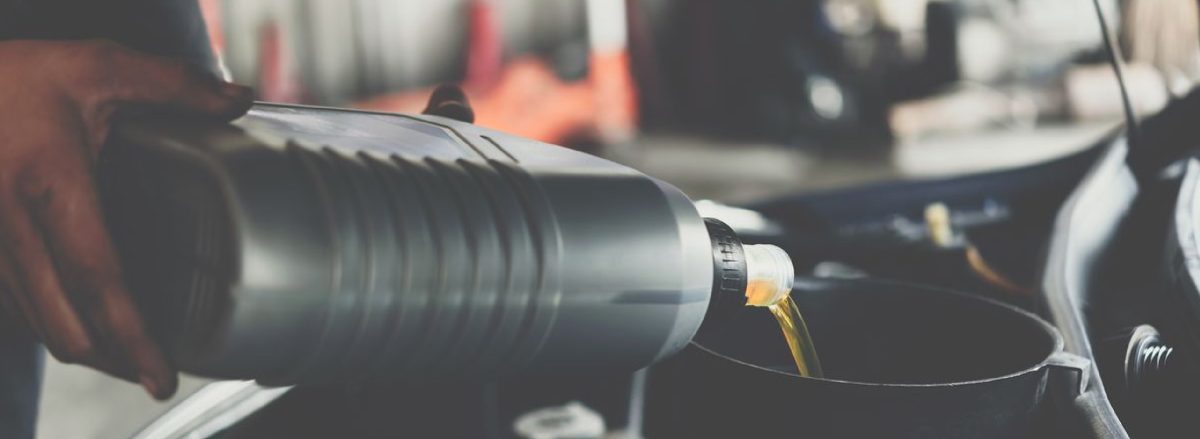Are you short on lubricants? Do you want to save on costs or just simply keep equipment running? Look no further than the lubricants you already have on hand.
The lubricant that flows through the component is critical to its operation and key to optimizing overall equipment performance. While OEMs suggest drain intervals based on hours or miles, it is a general recommendation and not always specific to your application. Your lubricants can actually be safely extended past the recommended oil drain. This would require lubricant testing to verify its physical properties and to evaluate its ability to continue properly protecting the equipment. A routine Fluid Analysis program can help determine any unusual wear pattern in the equipment, identify and control any contamination and determine if the lubricant is suitable for continued use.
So, if you follow the guidelines and participate in fluid analysis, you can get a little more from your lubricants during these challenging times. Optimizing oil drains can decrease waste, increase equipment reliability, reduce costs of purchasing new lubricants, and lower maintenance costs.
Here are five helpful tips to start optimizing your oil drains:
- Take a look at the oil and check with the OEM. Check with the manufacturer to determine what lubricant formulations are approved for extending drain intervals.
- Participate in oil testing and analysis. Accounts for operating conditions, maintenance practices, oil quality, longevity and other variables that are important to equipment reliability. Participating in comprehensive laboratory testing and analysis can determine the ideal lubricant drain interval.
- Run data management reports. Within Polaris Laboratories data management system, HORIZON, users can download sample data using the Problem Summary Report. Key Performance Indicators can be identified in this report.
- Identify key performance indicators (KPIs). Common KPIs for extending lubricant drain intervals include:
- Take action on sample reports. Everything from metal levels, contamination, sample history and recommended actions are included in every sample report. It’s important to review reports as soon as they are received so appropriate actions can be taken.
Acid Number: By measuring the amount of acid in the lubricant, the levels of oxidation and contamination can be indicated. If the acid number level is under both the OEM and the lubricant manufacturer’s recommendation, it can be safe to continue the use of the lubricant.
Base Number: This test indicates the level of additives in your oil, specifically detergents and dispersants that neutralize the acidic byproducts of combustion. If the lubricant’s base number levels are above the lubricant manufacturer’s condemning limits, the oil may be safely extended.
Oxidation: If oxidation levels are below the condemning limit suggested by manufacturer, this may mean the oil can still be used and drain extended.
Nitration: Critical to monitor in Natural Gas Engines.
Viscosity: If the lubricant’s viscosity falls within the lubricant manufacturer’s range, this can determine if the oil can be extended and utilized longer.
Its time you got more out of your lubricants! For questions on how you can move from a preventative maintenance to a condition-based monitoring program, contact us today!
